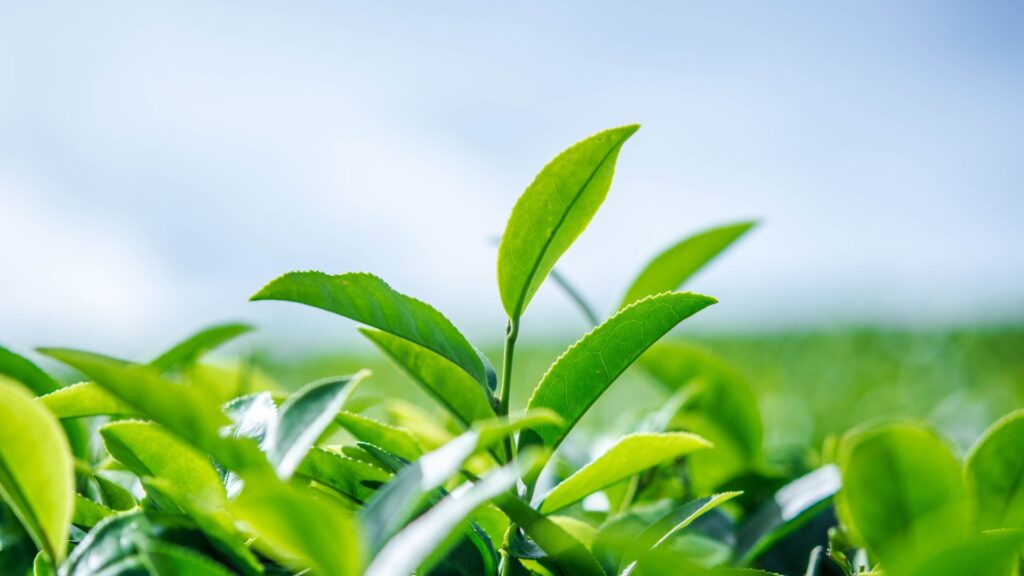5 Best places to buy Darjeeling Tea

Introduction:
In the heart of the majestic Himalayas lies a treasure that delights tea connoisseurs around the world – Darjeeling tea. Nestled amidst the rolling hills of West Bengal, India, the region of Darjeeling produces some of the most exquisite and sought-after teas known for their delicate flavors, distinct aroma, and unparalleled quality. In this blog, we invite you to embark on a journey into the world of Darjeeling tea, exploring its fascinating history, unique characteristics, and the secrets behind its exceptional reputation as the “Champagne of Teas.”
The Origin and Heritage:
Darjeeling, often referred to as the “Queen of Hills,” is located at an elevation of 6,700 feet in the Indian state of West Bengal. The region’s unique combination of high altitude, rich soil, cool climate, and abundant rainfall creates an ideal environment for growing tea. The tea gardens in Darjeeling are situated on steep slopes, which allow the tea plants to receive maximum sunlight while benefiting from the natural drainage of the hills.
The tea industry in Darjeeling traces its roots back to the mid-19th century when the British East India Company established the first commercial tea gardens. The Chinese tea plant (Camellia sinensis) cultivars were introduced, which thrived in the region’s terroir, giving birth to the distinct flavor profile that characterizes Darjeeling tea.
The Characteristics:
Darjeeling tea is known for its delicate and nuanced flavors, which vary with each harvest and even within different tea estates. The unique combination of factors such as altitude, climate, soil, and the traditional manufacturing process contribute to its exceptional taste.
The tea is typically light-bodied with a bright, golden liquor. Its flavor profile can range from floral and fruity to muscatel and nutty, with hints of citrus and a subtle astringency. The exquisite aroma of Darjeeling tea is often likened to that of muscat grapes, which adds to its allure.
The Harvests and Flushes:
Darjeeling tea is harvested several times a year, and each harvest, known as a “flush,” yields tea leaves with distinct qualities. The tea gardens experience four main flushes:
First Flush (Spring): Occurring between late February and April, this flush produces light and delicate teas with a floral fragrance, often accompanied by a subtle astringency. It is highly prized by tea enthusiasts.
Second Flush (Summer): Taking place from May to June, this flush produces teas with more body and depth. The leaves yield a rich, amber-colored liquor with pronounced muscatel notes, imparting a unique character to the tea.
Monsoon Flush: Following the second flush, the monsoon flush occurs between July and September, when the tea plants benefit from the heavy rains. The teas from this flush are less sought-after and are often used for blending purposes.
Autumn Flush: Taking place from October to November, the autumn flush yields teas with a mellow flavor and a darker infusion. These teas are characterized by their well-rounded taste and gentle sweetness.
The Brewing Ritual:
To truly savor the enchanting experience of Darjeeling tea, it is important to pay attention to the brewing process. Here’s a simple guide to brewing the perfect cup:
Start with fresh, cold water and bring it to a boil.
Preheat your teapot or cup.
Measure one teaspoon of Darjeeling tea leaves per cup (adjust according to personal preference).
Pour the hot water over the leaves and let them steep for 3-4 minutes for black tea or 2-3 minutes for green or white
